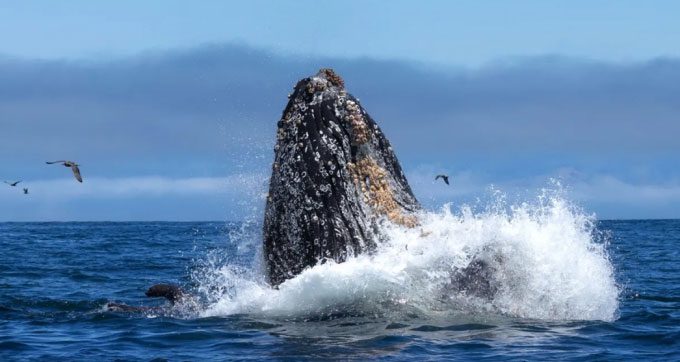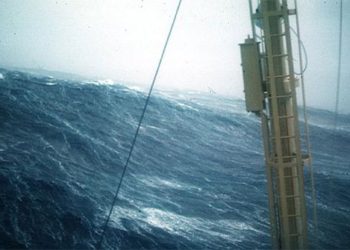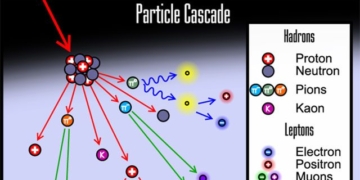Scientists from the SETI Institute, University of California Davis, and the Alaska Whale Foundation have made a breakthrough by engaging in a 20-minute conversation with a humpback whale named Twain.
Brenda McCowan, the lead author of the study from the University of California Davis, stated that after making three calls, they received responses from the whale. “To engage the animal, I started trying to synchronize the delay in its calls with our calls. So, if the whale waited 10 seconds, I waited 10 seconds. Eventually, we matched up,” she explained in an interview with IFL Science on May 18.

A humpback whale surfaces to communicate. (Photo: Erin Underwood/Shutterstock.com).
She performed this interaction 36 times over the course of the 20 minutes. “We believe this is the first such communication exchange between humans and humpback whales using their own ‘language,'” Brenda McCowan remarked.
After “chatting” with the whale, the researchers indicated that this encounter could be a pivotal first step toward communicating with non-human intelligent animals. Dr. Josephine Hubbard, a behavioral research scientist, shared, “It felt like an experience from another world. You hear them surfacing. Then there’s a big exhale, and you can see them gathering into a group. It’s an incredible sight.”
According to David Gruber, a marine biologist and project leader for CETI, identifying and decoding these sounds is “very challenging for humans and takes years of research. With support from intelligent tools like artificial intelligence (AI), robots, and submarines, everything has become a little easier.” The researchers used underwater phones and AI algorithms to record and analyze the whale sounds.
The AI was trained on a massive dataset of whale calls and human language, searching for patterns and structures that might indicate language-like features. This method not only aids in deciphering the complexities of whale communication but also enhances human understanding of language development in intelligent species.





















































